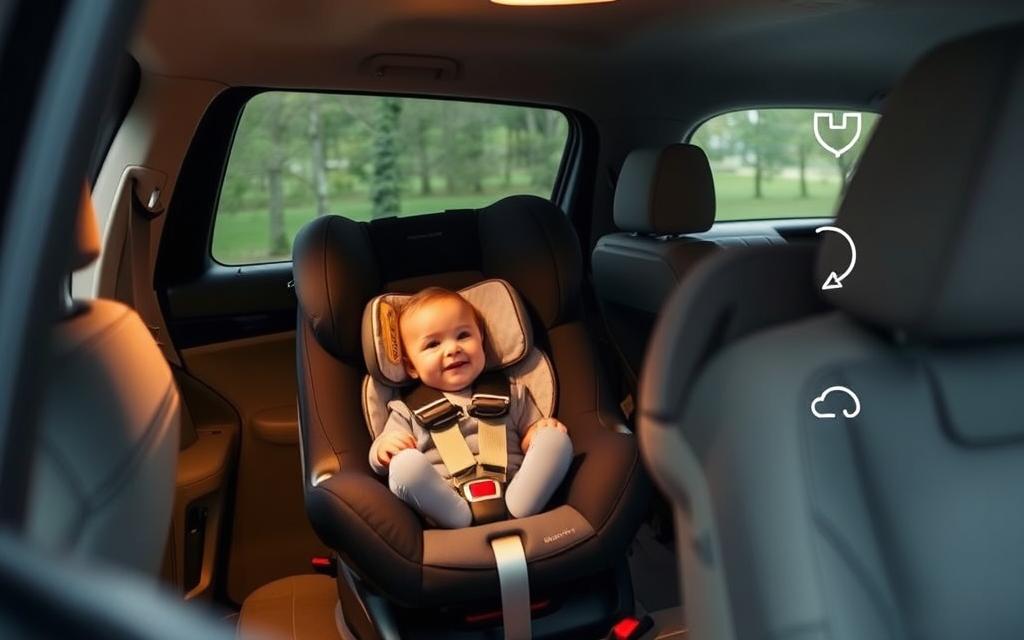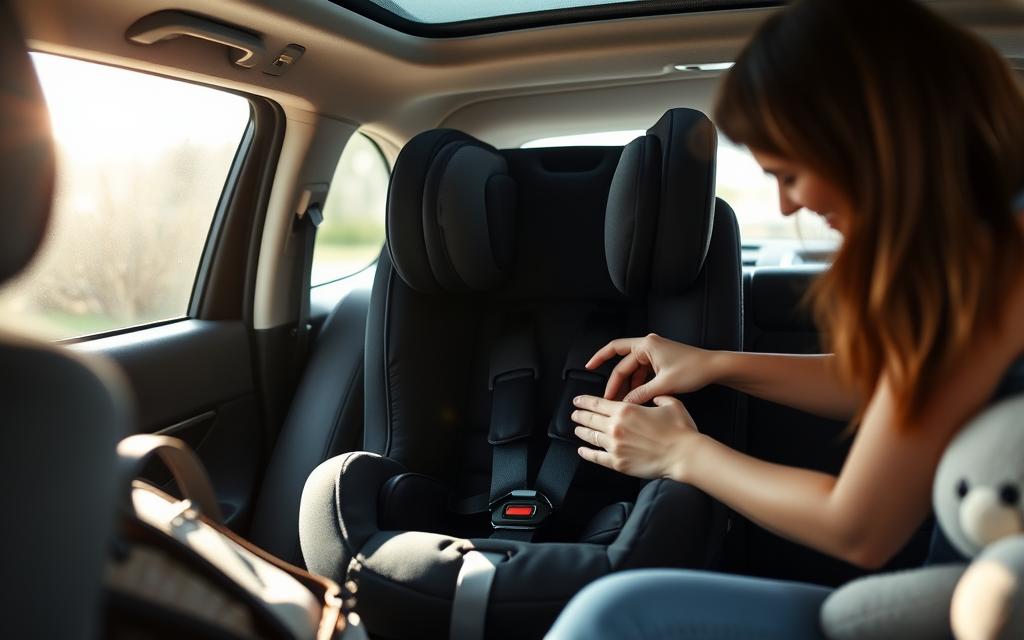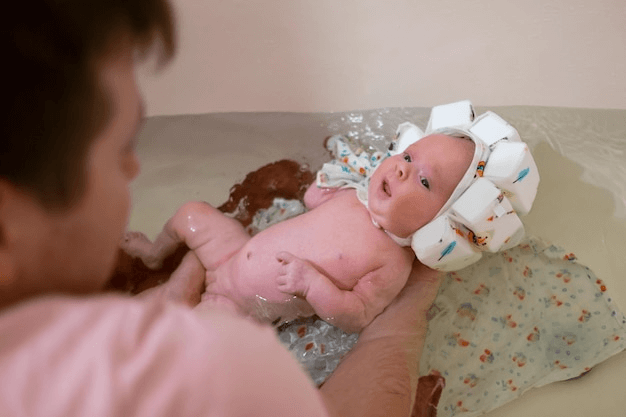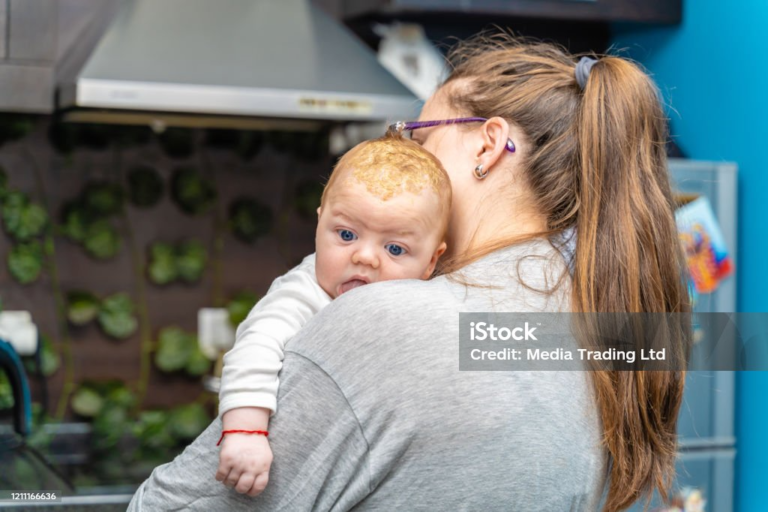Top Infant Car Seat Safety Tips for Parents

As a parent, keeping your baby safe in the car is key. It’s important to follow top infant car seat safety tips. These tips help reduce injury risks and keep your little one safe.
By using these safety tips, you can lower accident risks. This guide will help you understand how to pick the right car seat. You’ll also learn about installation and daily checks.
We aim to give parents the knowledge to keep their babies safe. Whether you’re new or experienced, our guide has the best tips. These will help ensure your baby’s safety on every trip.
Introduction to Infant Car Seat Safety
Infant car seat safety is vital for parents. It’s important to know the latest guidelines and best practices. Following these tips ensures your baby’s safety and well-being during travel.
Key Takeaways
- Always follow the manufacturer’s instructions for installation and use
- Choose a car seat that meets your baby’s age and size requirements
- Regularly inspect the car seat for any damage or wear and tear
- Ensure the car seat is properly secured to the vehicle
- Stay up-to-date with the latest infant car seat safety tips and guidelines
Understanding the Importance of Infant Car Seat Safety
As a parent, keeping your child safe is top priority. Baby car seat safety advice is key. It’s vital for preventing injuries and deaths in accidents. Using a car seat right can cut the risk of fatal injury by up to 71% for babies and 54% for toddlers.
Legal rules also highlight the importance of infant car seat safety. These rules vary by state but all require approved car seats for young kids. Knowing these rules helps parents protect their children.
Statistics on Child Car Safety
- In 2020, over 300,000 kids under 12 got hurt and 1,200 died in car crashes.
- About 46% of car seats are installed wrong, which raises injury risk.
- Using a car seat right can lower fatal injury risk by up to 71% for babies and 54% for toddlers.
Impact of Proper Car Seat Use on Child Safety
Using a car seat correctly is key to keeping kids safe in accidents. By following baby car seat safety advice and understanding the importance of infant car seat safety, parents can greatly lower harm risk. This gives parents peace of mind and makes family trips safer and more fun.
Choosing the Right Infant Car Seat for Your Baby
Choosing an infant car seat can be tough with so many options. It’s important to think about your baby’s age, size, and the car you drive. Knowing how to install infant car seat correctly is key for your baby’s safety. By following best practices for infant car seat safety, you can lower the risk of injury.
There are different types of infant car seats, like rear-facing, forward-facing, and convertible seats. Each has its own benefits and features. The right one depends on your baby’s age, size, and your car. Brands like Graco and Britax offer seats with advanced safety and easy installation.
- Age and size limits: Make sure the seat fits your baby’s weight and height.
- Vehicle compatibility: Ensure the seat works with your car’s make and model.
- Safety features: Look for seats with side impact protection and energy-absorbing materials.
Researching different infant car seats helps you make a good choice. Always follow best practices for infant car seat safety and know how to install infant car seat correctly. This way, you can ensure your baby’s safety and have peace of mind.
| Car Seat Type | Age and Size Limits | Safety Features |
|---|---|---|
| Rear-Facing Seat | 0-2 years, 20-40 pounds | Side impact protection, energy-absorbing materials |
| Forward-Facing Seat | 2-4 years, 40-65 pounds | Side impact protection, adjustable harness |
| Convertible Seat | 0-7 years, 20-80 pounds | Side impact protection, adjustable harness, energy-absorbing materials |
Essential Infant Car Seat Safety Tips for New Parents
As a new parent, keeping your baby safe while traveling is a top priority. It’s important to follow infant car seat safety guidelines and recommendations. This will help protect your child from harm. Here are some essential tips to keep your baby safe on the road.
When it comes to infant car seat safety, several key factors are important. Age and size requirements are critical. They determine the type of car seat your baby needs. Infants should use a rear-facing car seat until they are at least 2 years old or reach the maximum weight and height limits of their car seat.
Position and Placement Guidelines
Proper positioning and placement of the car seat are also vital. The car seat should be installed in the back seat of the vehicle, away from airbags. It should be securely fastened using the vehicle’s seat belt or LATCH system.
Harness and Strap Adjustments
Adjusting the harness and straps is essential for a snug and secure fit. The harness should be adjusted to fit your baby’s body. It should be snug but not too tight. By following these infant car seat safety recommendations, you can help keep your baby safe and secure on the road.
| Car Seat Type | Age and Size Requirements | Position and Placement |
|---|---|---|
| Rear-facing | Infants under 2 years old | Back seat, away from airbags |
| Forward-facing | Children over 2 years old | Back seat, using vehicle seat belt or LATCH |
By following these infant car seat safety guidelines and recommendations, you can help ensure your baby’s safety on every journey. Always check the car seat’s manual and your vehicle’s owner’s manual for specific installation and use instructions.
Proper Installation Techniques for Maximum Protection
Infant car seat safety is all about the right installation. The LATCH system and seat belt methods are key. Knowing how to install these can greatly lower injury risks in accidents.
The LATCH system makes installation easier. It has straps and hooks that connect the car seat to the car. The guide shows how to use it correctly.
Key Installation Steps
- Read the car seat manual and the vehicle owner’s manual
- Choose the correct seating position
- Use the LATCH system or seat belt to secure the car seat
- Tighten the straps and hooks to ensure a snug fit
It’s also important to know common mistakes to avoid. These errors can make the car seat less safe. By following the right steps and watching out for mistakes, parents can keep their child safe.
Common Mistakes to Avoid
Don’t make the mistake of having loose straps or the wrong seat position. Also, make sure to tighten the hooks and straps well. Knowing these mistakes helps parents ensure their child’s car seat is safe and secure.
| Installation Method | Description |
|---|---|
| LATCH System | Uses built-in straps and hooks to attach to the car seat and vehicle |
| Seat Belt Installation | Uses the vehicle’s seat belt to secure the car seat |
Daily Safety Checks Before Every Journey
Doing daily safety checks is key to make sure the infant car seat is ready. This quick routine takes just a few minutes. It gives parents peace of mind. You check if the car seat is installed right, the harness fits well, and there’s no debris.
A daily safety checklist helps make sure everything is checked. This includes:
- Checking the car seat’s installation to ensure it is secure and level
- Verifying that the harness is adjusted correctly and snugly fits the baby
- Ensuring the seat is free from any debris or obstacles that could compromise safety
By adding daily safety checks to your routine, you keep your baby safe on trips. Always follow the maker’s guide for seat belt installation methods. If you’re unsure, talk to a pro.

Weather-Related Safety Considerations
As a parent, it’s key to think about how weather affects your baby’s safety in the car. Safety tips for different weather are important to keep your baby safe, no matter the weather.
For winter safety tips, dressing your baby in layers is important. This helps prevent them from getting too hot while keeping the car seat harness secure. Also, avoid clothes that are too thick, as they can get in the way of the harness.
Winter Safety Tips
- Dress your baby in thin layers to maintain a comfortable temperature
- Avoid using bulky blankets or coats that can interfere with the car seat’s harness
- Keep your car’s interior at a comfortable temperature to prevent overheating
Summer Heat Precautions
In summer, it’s important to keep your baby safe from the sun and heat. Use a sunshade or window visor to block sunlight. Also, keep your car cool.
Protection from Elements
It’s vital to protect your baby from the weather while in the car. Use a car seat canopy or umbrella to keep them safe from rain, wind, or sun.
By following these safety tips, you can keep your baby safe and comfortable in the car, no matter the weather.
| Weather Condition | Safety Considerations |
|---|---|
| Winter | Dress in layers, avoid bulky clothing, keep car interior warm |
| Summer | Protect from sun and heat, use sunshade or window visor, keep car interior cool |
| Rain or Wind | Use car seat canopy or umbrella, protect from elements |
Maintenance and Cleaning of Your Infant Car Seat
Keeping your infant car seat in top shape is key. This means checking for damage, cleaning it, and doing regular upkeep. Doing these things helps your car seat last longer and keep your baby safe.
Here’s how to take care of your infant car seat:
- Look for any damage like frayed straps or broken plastic.
- Use mild soap and water to clean it. Avoid harsh chemicals or rough cleaners.
- Let the seat dry completely after cleaning to avoid moisture buildup.
It’s also vital to protect your baby from the summer heat. Park in the shade, use a sunshade, and never leave your baby alone in a hot car.
By following these steps and being careful, you can keep your baby safe and make your car seat last longer. Always check your car seat’s manual for specific care tips. If you’re unsure, talk to a professional.
| Maintenance Task | Frequency |
|---|---|
| Check for wear and tear | Regularly |
| Clean the car seat | As needed |
| Perform routine maintenance tasks | According to manufacturer’s instructions |
Signs It’s Time to Replace Your Car Seat
As a parent, keeping your child safe is your main goal. Knowing when to replace your car seat is key. Expiration dates play a big role in this. It’s important to understand these dates to protect your child.
There are clear signs it’s time to replace your car seat. These include expiration dates, what to do after an accident, and signs of wear and tear. Knowing these signs helps keep your child’s car seat safe and reliable.
Expiration Dates Explained
Every car seat has an expiration date, found on the label. This date shows when the seat is no longer safe. You can find more about expiration dates explained in the manual or on the manufacturer’s website.
Post-Accident Requirements
After an accident, check your car seat for damage. Even small damage might mean you need a new seat for your child’s safety. Always follow the manufacturer’s advice in such cases.
Wear and Tear Indicators
It’s important to check your car seat often for wear and tear. Look for cracks, frays, or broken parts. If you see any damage, it’s time to get a new seat for your child’s safety.
Travel Tips and Special Situations
Traveling with an infant requires careful planning. Whether you’re driving or flying, the right travel tips are essential. Ensuring your baby’s safety is a top priority, like when air travel with car seats is involved.
When flying, extra planning is needed for air travel with car seats. Here are important points to remember:
- Check with your airline for their car seat policy.
- Choose a car seat that is approved for air travel.
- Consider the size and weight of the car seat when selecting a seat on the plane.
Additional Travel Considerations
There are more travel tips and special situations to think about. This includes using rental cars or rideshare services. For rental cars, make sure the vehicle has a suitable car seat or bring your own. For rideshare services, check their car seat policy and plan ahead.
Common Mistakes Parents Make with Car Seats
Parents want to keep their babies safe in car seats. But, they might make mistakes that put their child at risk. Common mistakes parents make with car seats include wrong installation, harness not adjusted right, and using it past its expiration.
To avoid these errors, parents need to know the common pitfalls. For instance, when using a rental car, make sure the car seat is installed right. Also, check if the car seat fits the rental car.
Other mistakes to watch out for include:
- Not tightening the harness straps enough
- Not using the correct type of car seat for the child’s age and size
- Not installing the car seat in the correct position
By knowing these mistakes and avoiding them, parents can keep their child safe. Whether in their own car or a rental, safety should always come first. Always take steps to prevent accidents.
Conclusion: Ensuring Your Baby’s Safety on Every Journey
As we wrap up this guide on infant car seat safety, it’s clear that keeping your baby safe is key. You now know the legal rules and how to use a car seat right. You also know how to install it and check it regularly.
But car seat safety doesn’t stop there. Keep your seat in good shape, check for expiration, and fix any damage. Also, follow special rules for air travel and rideshare services to keep your baby safe.
By staying informed and following these tips, you can rest easy knowing you’re doing all you can to protect your baby on every journey. Safe travels, parents!






